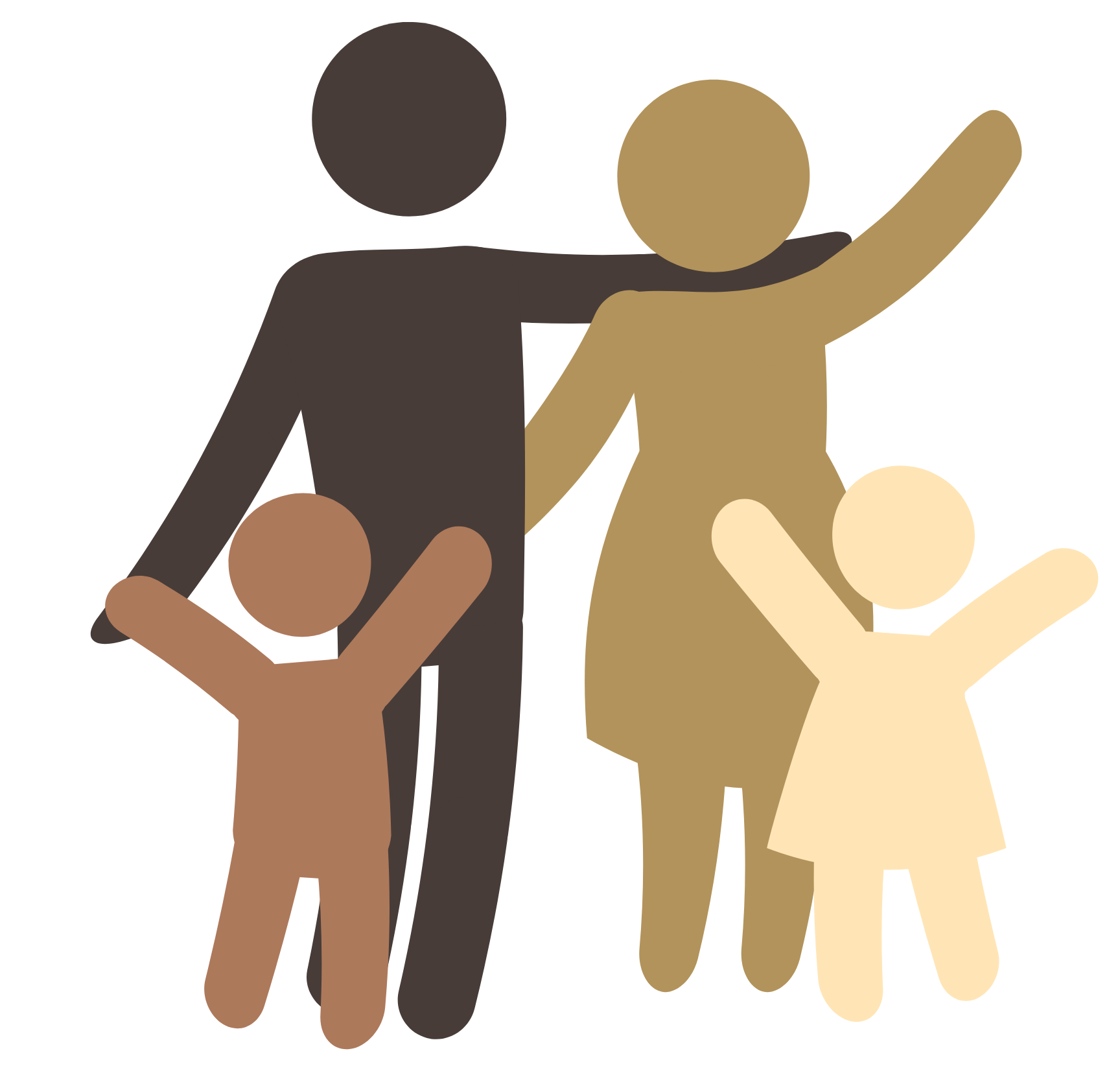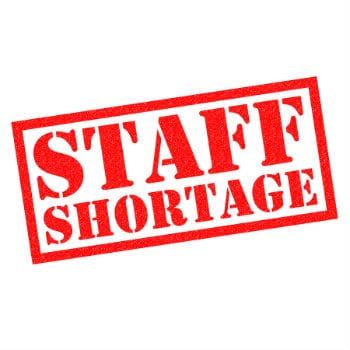Understanding the Role of Residential in Child Welfare
May 2023
I have over 40 years of experience working in child welfare trying to help private non-profit providers doing foster care, residential and family preservation become successful in helping the youth that come to their care get the services they need and to learn the knowledge, skills and tools they need to successful exit the system.
There have been child welfare influencers who have loudly advocated that group homes are glorified foster homes and that residential care is “bad”. These influencers are wrong. The problem is not the setting but lack of clarity as to their purpose. In this issue I will talk about the purpose of residential.
Residential, if it understands it purpose and operates to fulfill that purpose, has a critical place in the child welfare continuum of care.
Youth who have been traumatized need therapeutic intervention before placement in a family setting, especially if the family setting is where the trauma occurred (which is almost always).
What we see today is youth coming into residential with multiple failed foster home placements. This is the child welfare system failing those youth. The current model for placement in residential is multiple failed placements in foster care. In 3 programs where they tracked the number of previous failed placements last year, it averaged 8 – 12 prior foster care placements. That says the system is not placing the youth at the level of care they need to begin.
What we see coming into residential programs, no matter what it is named, is youth who have experienced physical, emotional, and sexual abuse, bullying, being witness to domestic violence, or had a parent that was absent due to their drug abuse, mental health issues or criminal behavior…
How would they be feeling? The list includes -
· Traumatized
· Angry
· Afraid
· Not trusting adults/ caretakers
These are the feelings that youth coming into our care feel. If this is how they feel, how do you think they feel towards the adult staff?
They are afraid, angry and they don’t trust to name but 3 common feelings.
All youth coming into our care have been traumatized by these life events that happened in their homes and often re-occurred in foster homes.
What happens when youth are traumatized is the have a delay in the development of their executive functioning skills (EFS).
For example, if a youth coming into care lacks emotional regulation meaning they seem to have outbursts and react to things in excessively emotional ways that you would not expect from a youth of that age then you are seeing the behavior of a lagging EFS.
When a youth in care demonstrates through their behavior that they lack an EFS, we don’t punish them because they don’t have that skill as that teaches them nothing but adults continue to hurt and not care. What we need to do is teach those skills. Teaching is the consequence of not having a skill not punishment for not having the skill. That teaches nothing positive.
What do you do in the moment?
All residential programs should have a behavior management model that should teach 3 essential skills to staff: and that all staff are expected to use with youth in care.
1. De-escalation – helping the youth-in-care regain self-emotional control
2. Therapeutic holds which we ONLY use when the youth in unable with time to regain self-control or is a danger to self or others. Our goal is to never do this as our goal is to help youth learn through use of de-escalation self-control not re-traumatize them through use of “other control) aka restraint.
3. How to use an incident as a teachable moment – we call this discussion by many names. It does not occur in the moment but when things are back to “calm” and we have time we do a teachable moment.
We should not punish anyone for having feelings or expressing them. We should validate that everyone has feelings and that feelings are OK. What we do is teach youth in care how to express those feelings in a way that those around can help and support them in addressing them. Too often staff simply work to stop the expression of feelings.
Looking back at the experience of the youth coming into our care and how they feel, what these youth will do when they come into a new setting is unconsciously try to recreate their “normal” of what life was like where they lived.
What does that say to you about what we have to do as the adults in residential?
We as the adults caring for them must always model the message “we are here to help you recover from that trauma and the feeling that trauma has left them with”, not here to hurt or punish or deny/ abandon them (threaten them with discharge).
The role of residential should be to (1) identify what executive functioning skills the youth need to be able to live successfully in a family setting and teach those missing executive functioning skills and (2) ready the youth to live successfully in a family and be successful in a public school setting and (3) help the youth in care begin to heal from the impact of their trauma.
That means the residential program is a teaching, not control and compliance program.
It has a trauma recovery therapeutic focus.
Residential programs need to move from an exclusive focus on the treatment of pathology (trauma) and expand to include healing from trauma by helping youth-in-care begin to build resilience while in care.
I have worked with a number of residential programs that have come to understand that the youth they get in care come with a lack of the executive functioning skills they require to successfully live in a family and community.
If the youth coming into residential care have been traumatized and lack essential executive functioning skills needed to live successfully in a family and community then it should be clear that the purpose of residential is to treat the trauma and help the youth heal from and become resilient AND teach the lacking executive functioning skills (EFS) rather than punish them for not having the EFS already.
The following is a recognized list of those EFS I recommend programs use:
- Impulse control; able to think before acting
- Emotional control: able to keep feelings in check
- Flexible thinking: able to adjust to the unexpected
- Working memory: able to keep key information in mind
- Self-monitoring: able to evaluate how s/he is doing
- Planning and prioritizing: able to set a goal and make a plan to achieve it
- Task initiation: able to get started and take action
- Organization: able to keep track of things physically and mentally
The focus of a residential program is teaching – not a model focused on rules compliance and use of punishments or consequences to maintain control of the youth by the adult staff.
I advocate that residential staff have their work reframed to be “success coaches”
The job of a coach is to teach the team how to win (succeed) within the rules of the game (living with others in a family/community setting).
If staff begin to understand their role is coach, teacher and a role-model not a compliance and control care provider then how they work with the youth in care also has to change. This is the initial work that needs to be done with the residential staff at all levels so they can begin to understand what their role/job is and then build a plan for how to move to that model.
If your residential program is ready to move from a control and compliance model of residential to a model that actually teaches the youth in care learn the knowledge and skills they need to live successfully in a family and community setting care then email me at [email protected] or call me at 760.333.9056.
LEADING FROM OUTSIDE THE BOX is a monthly newsletter for human services leaders.
Its purpose is to challenge your thinking and help you improve organizational and outcome performance.
To receive your copy free, simply email Jeff Bormaster and ask to be added to the mailing list. Feel free to share these newsletters with other human services leaders, simply include the contact information.
You can read previous issues of Leading Outside the Box at www.jeffbormasterconsulting.com/topics










